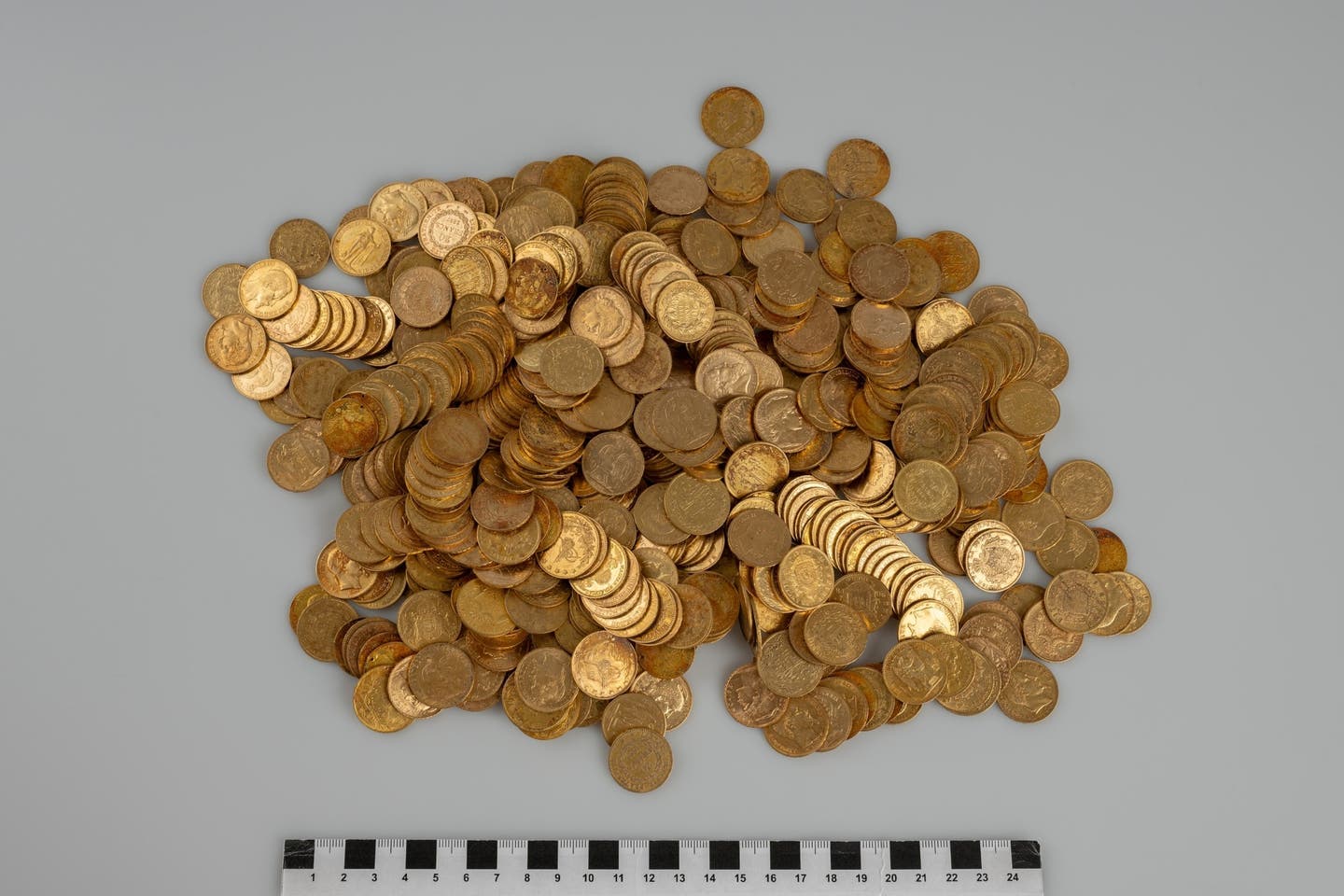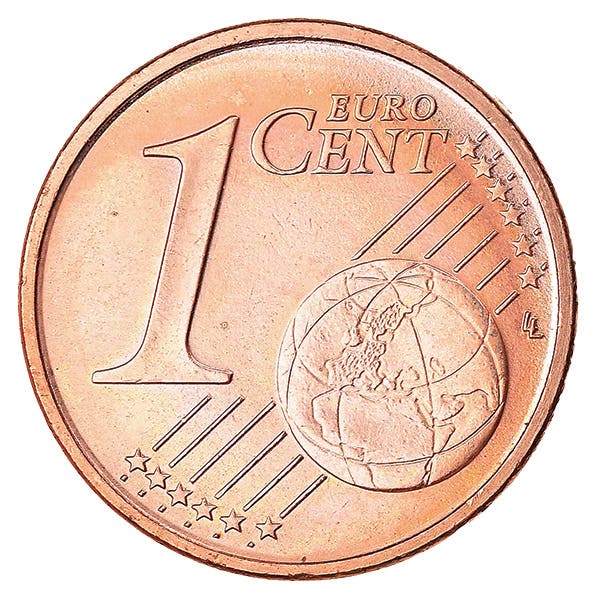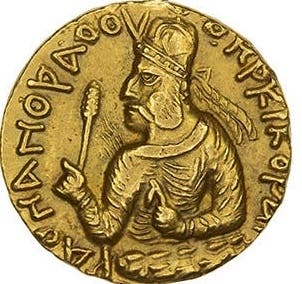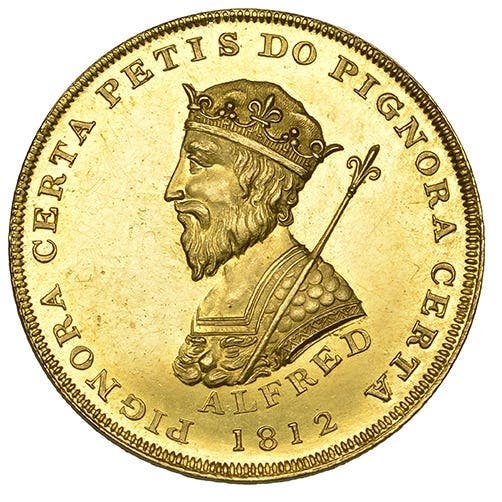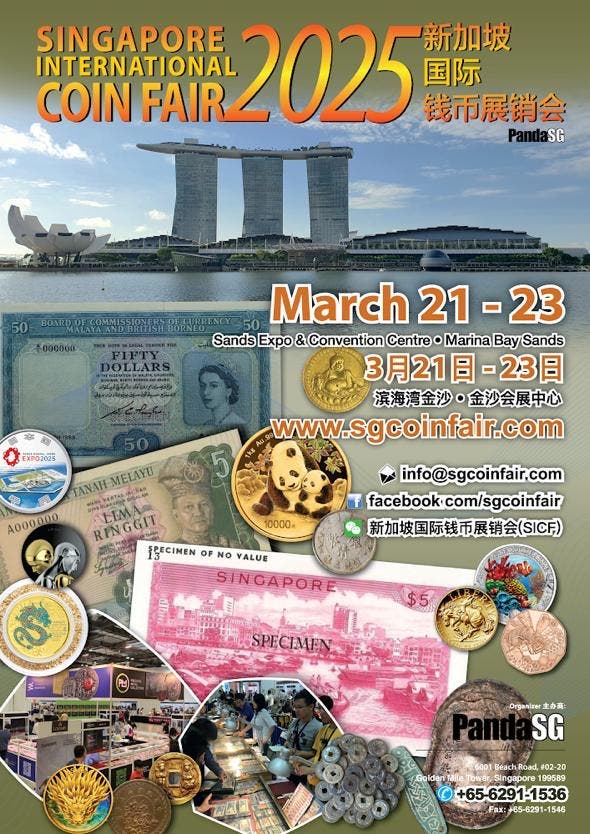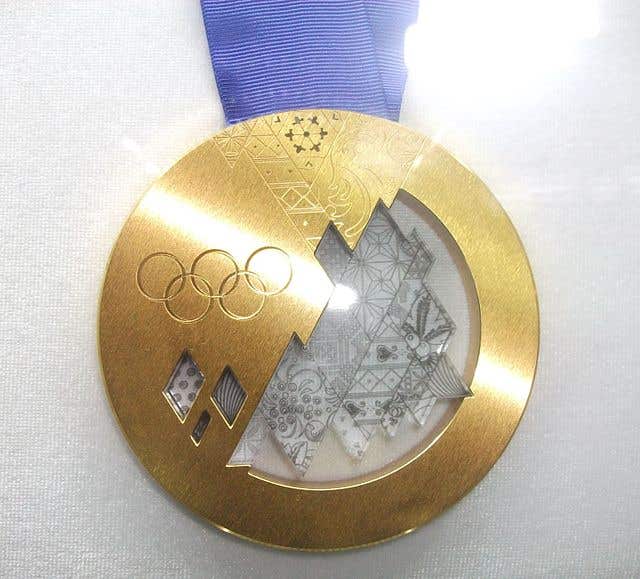Roman bronze to star in DNW sale
Collectors of Roman coins will need to be front and center for Dix Noonan Webb’s Feb. 15 sale. The London auction house will be offering a superb collection of Roman…
Collectors of Roman coins will need to be front and center for Dix Noonan Webb’s Feb. 15 sale. The London auction house will be offering a superb collection of Roman bronze that has not seen an auction block for 75 years, nor has it been available for study over this period.
The collection was assembled before and during World War II from 1933 to 1941. Many items were purchased in London while the city was under attack from the Luftwaffe.
In his purchases the anonymous collector was advised by the renowned experts Herbert Seaby and Leonard Forrer.
The provenances of many rarities include the names of distinguished collectors from the first half of the 20th century: Christopher Corbally Browne, Rev. Edward Sydenham, Clarence Bement, Franz Trau, Sir Arthur Evans, Captain Edward Spencer-Churchill, Howard Levis and Paul Vautier.
The result is 194 lots that together are expected to fetch in excess of $300,000 [£250,000].
Star of the show is the extremely rare sestertius from the brief reign of Emperor Divus Titus (C.E. 79-81). Only 10 specimens of this coin type are known of which seven are in museums. The posthumous coin dates from c. C.E. 81-82. It depicts the recently completed Coliseum that was finished during the reign of Titus, having been funded with loot from the Jewish wars, including the sacking of the Jewish temple in Jerusalem.
Graded VF it is a full grade finer than the only other example sold recently which helps explain its $75,000- $100,000 [£60,000- £80,000] estimate.
A sestertius from the even briefer reign of Vitellius is also expected to attract considerable collector attention. The coin is extremely rare and has a superb provenance. It was last on the market in May 1940.
It is an impressive piece that marks the end of the civil war of C.E. 68-69. Unfortunately another civil war erupted late in C.E. 69 and that was the end of Vitellius. His sestertius comes in aEF and carries an estimate of $5,000-$7,500 [£4,000-£6,000].
Yet another sestertius, this one from Emperor Hadrian shows him haranguing his British troops. It dates from C.E. 134-138. It was purchased in July 1939 from the Drabble Collection. At the time cataloger, Albert Baldwin, described it as “possibly the finest known specimen”. In VF the estimate has been set at a conservative $3,750-$5,000 [£3,000 -£4,000].
While numerous bronze coins of Hadrian show him lecturing his soldiers, the British issue from the mid-130s is among the rarest.
For those who might prefer an impressive piece of Roman medallic art for their cabinet with a strong numismatic flavor, how about a Severus Alexander and Julia Mamæa bronze medallic 2 sestertii, c. C.E. 230? The obverse shows facing draped busts of Alexander and Mamæa. On the reverse three Monetæ hold scales and cornucopiæ with piles of coins at their feet.
Like many of the items on offer this one has an excellent provenance and in VF/aEF has an estimate of $8,500-$11,000 [£7,000-£9,000].
Full catalog details and prices realized are available at the DNW website: www.dnw.co.uk.
This article was originally printed in World Coin News. >> Subscribe today.
More Collecting Resources
• The Standard Catalog of World Coins, 1601-1700 is your guide to images, prices and information on coins from so long ago.
• Purchase your copy of The Essential Guide to Investing in Precious Metals today to get started on making all the right investing decisions.



